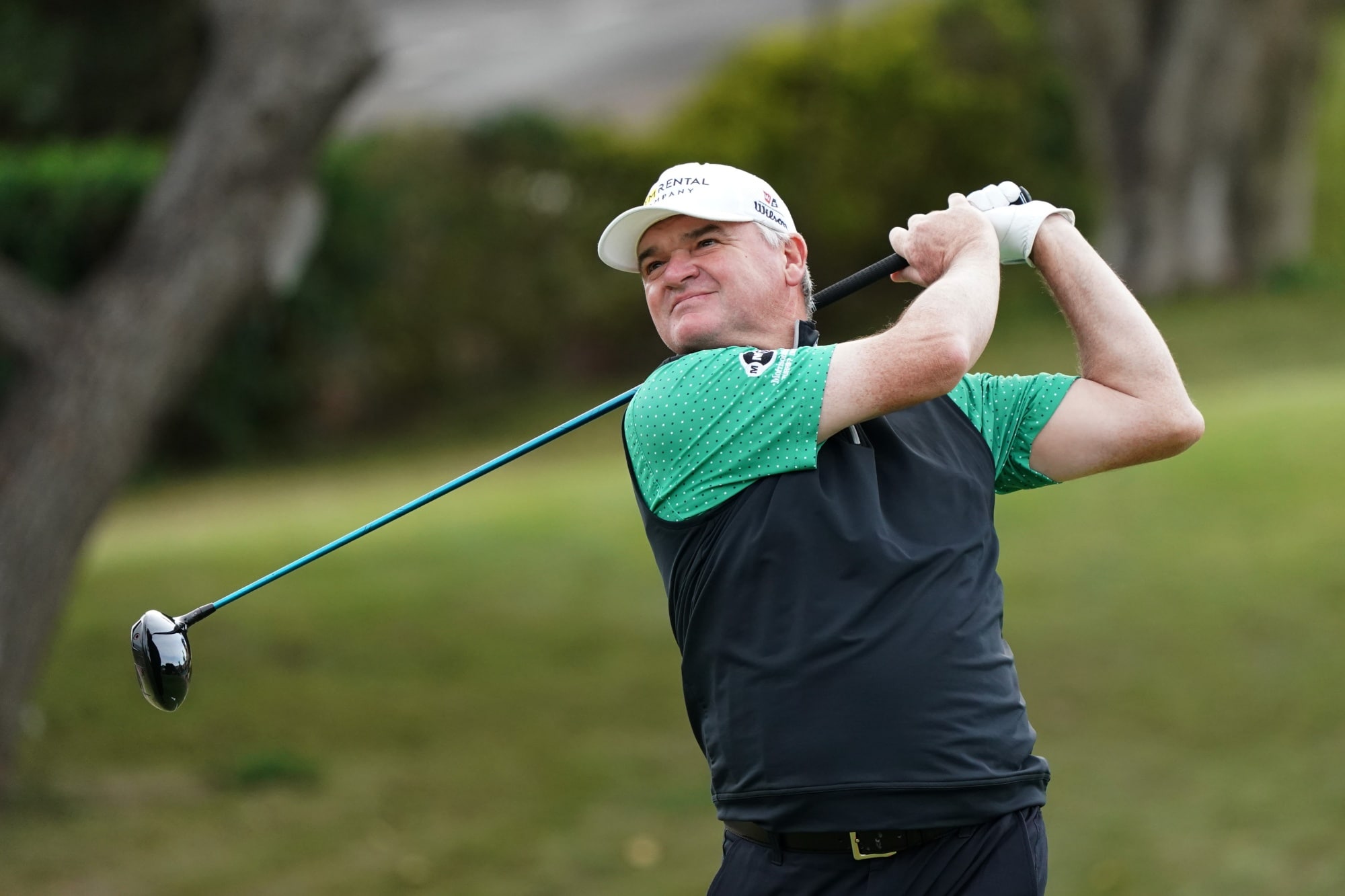
‘I drove it 397 yards – it makes me happy’
The generalisation over playing golf at altitude is that you simply employ a percentage. The reality is very different, as Bryson DeChambeau explains
We’re going to be hearing a lot about altitude this week and its effects on the ball. To give us an easy idea of how far it travels Justin Thomas holed-in-one here three years ago from 232 yards with a 6-iron.
Drives of 350 yards-plus are de rigueur and there’s a lot of chat about recalculating your yardages or metres by using a simple percentage adjustment.
But, as TrackMan’s Justin Padjen explains, it’s not a simple case of the bigger the club, the further the increase.
“This generic notion that it is a straight 10 per cent or a straight number doesn’t really hold true. It is a little different depending on the club and the trajectory of the player to an extent. And it is more like a bell curve as far as the wedges, and long irons don’t get the benefit that the mid- to short irons do. In other words, the mid and short irons should have the biggest percentage increase.”
Some players will dial it back to what it would be at sea level while others, like the king of adjustments Bryson DeChambeau, will take things on another level and then another again.
The American has not one but two launch monitors with him this week.
“It just makes the course super short but that doesn’t mean it’s going to be easy. That’s a bad correlation. When I swung it at 187 miles-per-hour ball speed it went 397 yards. It makes me happy,” he said.
Then things turn a little more involved.
“It all depends on the day, one day it could be nine per cent longer, the next day it could be 12 per cent. It can also depend on the club. Launch angle and spin matter, as well. For some people, it’s going to affect it more.”
And a bit more again, as DeChambeau expanded here in 2019.
“Spin rate on the ball changes dramatically in this type of air as there’s no air resistance. You get a ball that starts off with less spin, first off because of the turf interaction and second off, it doesn’t stay spinning at all. You can have 2,000 spin, which is perfectly acceptable at sea-level conditions, and 2,000 spin with a lower launch won’t go anywhere here.
Gary Woodland’s altitude cheat sheet in Mexico. Turns out you did need to pay attention in math class. pic.twitter.com/WclOmKGHzS
— Rex Hoggard (@RexHoggardGC) February 18, 2020
“We have an algorithm, pretty much tells us exactly what it’s going to do. It’s not perfect yet, but it’s very close. And I think there’s more to be found out in regards to ball temperatures, clubface temperatures, bounce, type of grasses. To make it short and sweet, it’s a lot of things that go into it, it’s not just the altitude.”
Even the altitude, which is 7,835 feet above sea level, is put into question.
“It’s 9,000 feet effectively. It’s more than just altitude. You could have an air-pressure system that is like sea level coming through here and effectively change it.”
Justin Thomas throws another spanner in the altitude works with the effect that it has on the body.
“The hardest part is truthfully losing your breath through a bag of balls if you’re not taking your time. You can’t walk and talk at the same time out here, it’s pretty unbelievable.”
For a different take it’s worth listening to Dustin Johnson, who is somewhat removed from DeChambeau, and his outlook to a unique week on tour.
“Get a number, take a percentage off and I go with it. I try to keep it as simple as possible. It’s tough, but it’s an adjustment. But we figure out our numbers on the range and try to go with them as, try to trust them as best as you can.”
And he’s won two of the past three years here.
Mark Townsend
Been watching and playing golf since the early 80s and generally still stuck in this period. Huge fan of all things Robert Rock, less so white belts. Handicap of 8, fragile mind and short game










